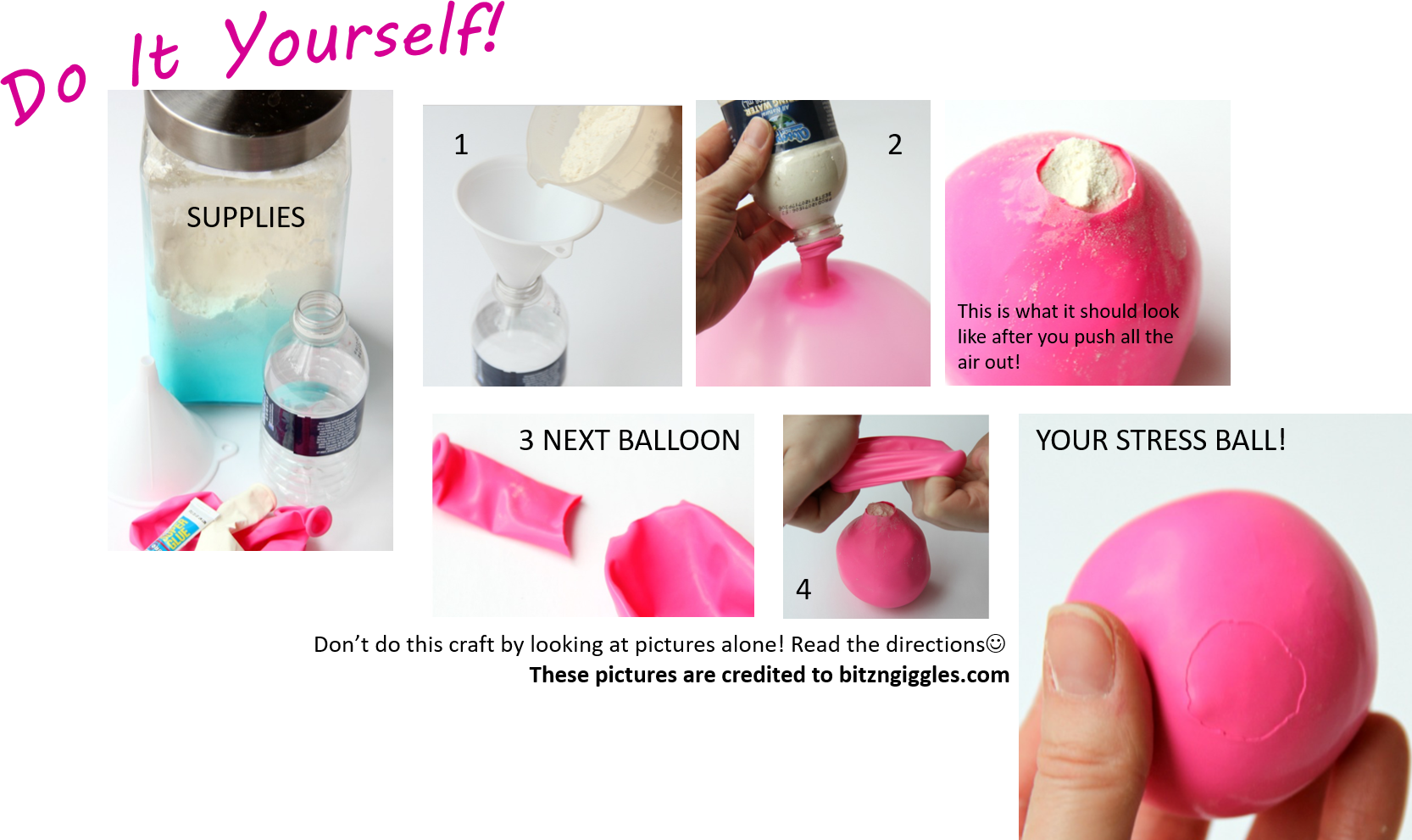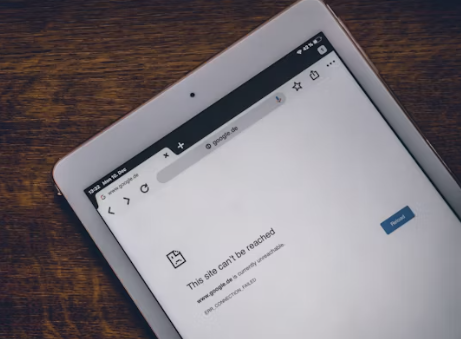
Everyone loves a great stress ball. But everyone is different and what they like in terms of how stress balls feel in the hand, what’s inside of them, how they stretch and how they bounce back. Wouldn’t it be great to make your own? Well, here’s your chance! Hopefully, you can find these items from around the house. But you might have to go to the dollar store, to get the things you need.
Here are the items you’re going to need:
- 2 regular size latex balloons: you will need these to make one stress ball, and more if you’d like to make more than one; it’s okay if they are different colors or the same color
- A funnel: you might be able to find one of these in your kitchen or you may be able to make one of these out of paper; you just need something to put into the opening of the balloon in order to funnel the filler material into it
- Superglue, Gorilla glue, nail glue, or something similar to this
- Filler: here is where you have some choices:
- ¾ cup flour
- ¾ cup rice, beans or lentils
- ¾ cup small beads of some kind
- ¾ cup water beads already made
For our example we’re going to use flour. This is because it gives a really smooth texture, and it is pretty universally enjoyed once it’s complete. Flour is also pretty easy to find in most households.
Once you have all of the items you need together, start by gathering one balloon, your funnel, and ¾ cup flour. Take the funnel and put the small end into the empty water bottle. Sift the flour into the water bottle. Next, take a balloon and blow it up with air. Use the open end to stretch over the top of the water bottle.
Now, flip the balloon and the water bottle over so that the flour can fill up the balloon. Carefully slide the end of the balloon off of the water bottle pinching it shut. As the flour settles into the balloon you can start to let some of the air out of the balloon slowly until the balloon is only filled with flour. Carefully open your fingers so that the flour is not bursting out of the balloon. If you find that flour is trying to escape from the balloon you may want to allow some of it out.
At this point you want to trim the balloon opening so that it is flush against the ball of flour inside. There’s a picture of this above so you can see what it’s supposed to look like.
Take another balloon. It could be the same color or another color. Snip off the opening end of the second balloon. Now, stretch this balloon to cover the opening of the first balloon and stretch it over the entire ball so that the opening of the second balloon is completely on the other side – and the opening of the first balloon is completely covered. Then you can trim the 2nd balloon’s opening so that again, it is flush against the ball.
You can use some of the glue, very sparingly, to make sure the second balloon is secure against the ball on the inside. You may feel that this is not needed but, just to be sure you don’t have any flour seeping to the outside as you squish your ball, this is a smart step to take.
Now you have your very own stress ball!
If you’re using a different kind of filler, it will have a different kind of feel. It might be fun to experiment and make different kinds of stress balls. Maybe different kinds would be helpful in different situations.
Fidget items are very common nowadays not just for young people but for adults as well. They make great gifts for friends and loved ones and can be seen in pretty much every classroom and workplace around the world. In a 2018 study by Cohen, Bravi and Minciacchi researchers found that fidgeting when restless in most settings comes from stress and that using fidget items relieves this stress. This might mean that fidget toys could help with treating anxiety.
There is a difference between intentional fidgeting and unintentional fidgeting. For example, using a fidget spinner is handled intentionally because you have to intentionally keep it spinning. Holding a stress ball and squeezing it, however, can be used unintentionally. You could be listening to somebody talk and holding a stress ball and squeezing it without really thinking about it. Thus, it’s unintentional fidgeting. There are some researchers that hypothesize unintentional fidgeting could be more beneficial than intentional fidgeting. Overall, more research is needed to see what kinds of fidget toys are most beneficial for anxiety and stress. But no one can debate about the fact that they’re fun to have and fun to use!
Everyone is different, and what works for every person is different.
It’s important for you to try different things to see what helps you feel calm and peaceful and what helps you focus if you need to focus. If your goal is to feel calm find things that you can hold or squeeze or handle that make you feel more peaceful. If your goal is to feel more focused make sure the fidget items you’re using are not more distracting to you.
We hope you enjoy making your own stress ball. Keep being creative and stay well.




